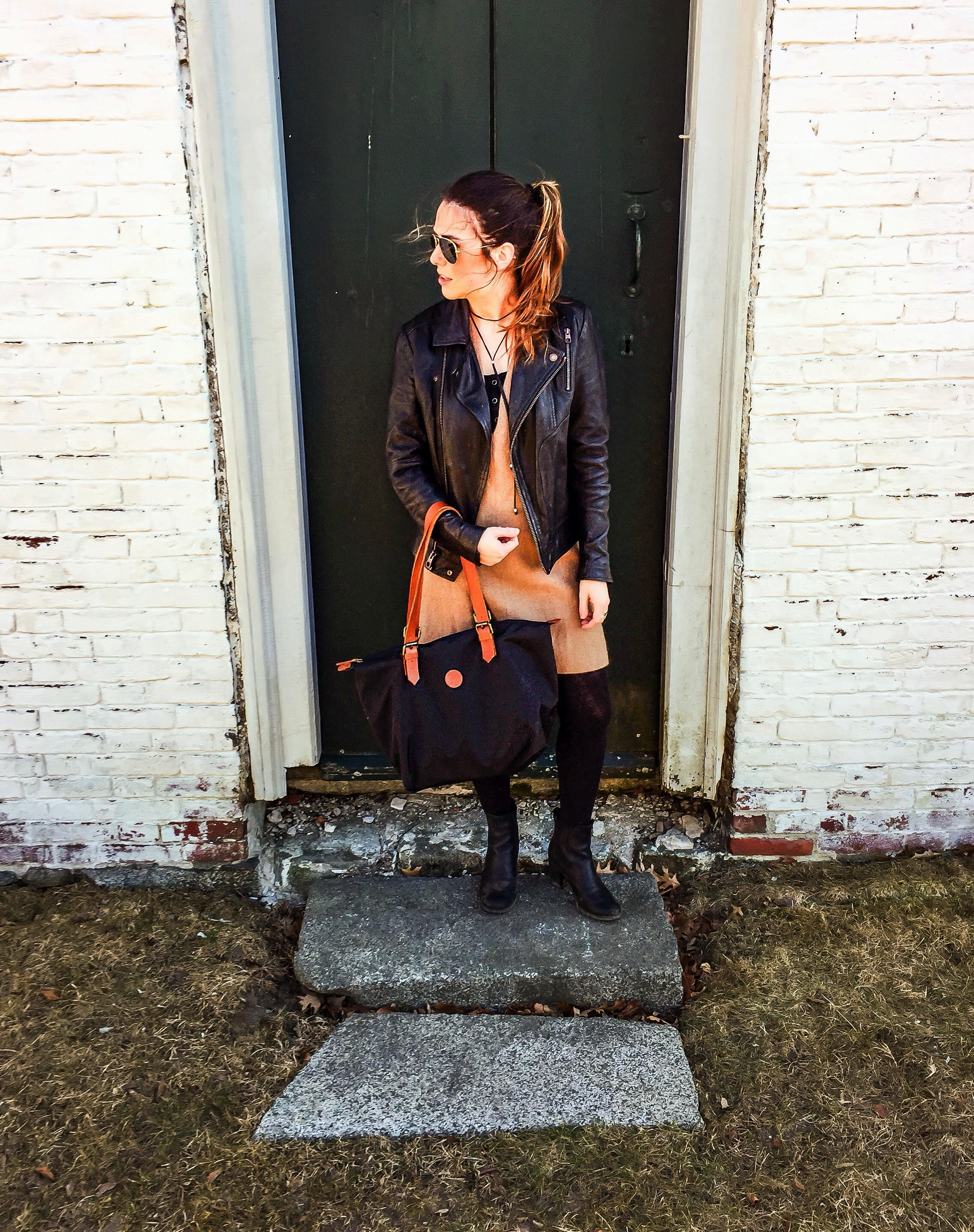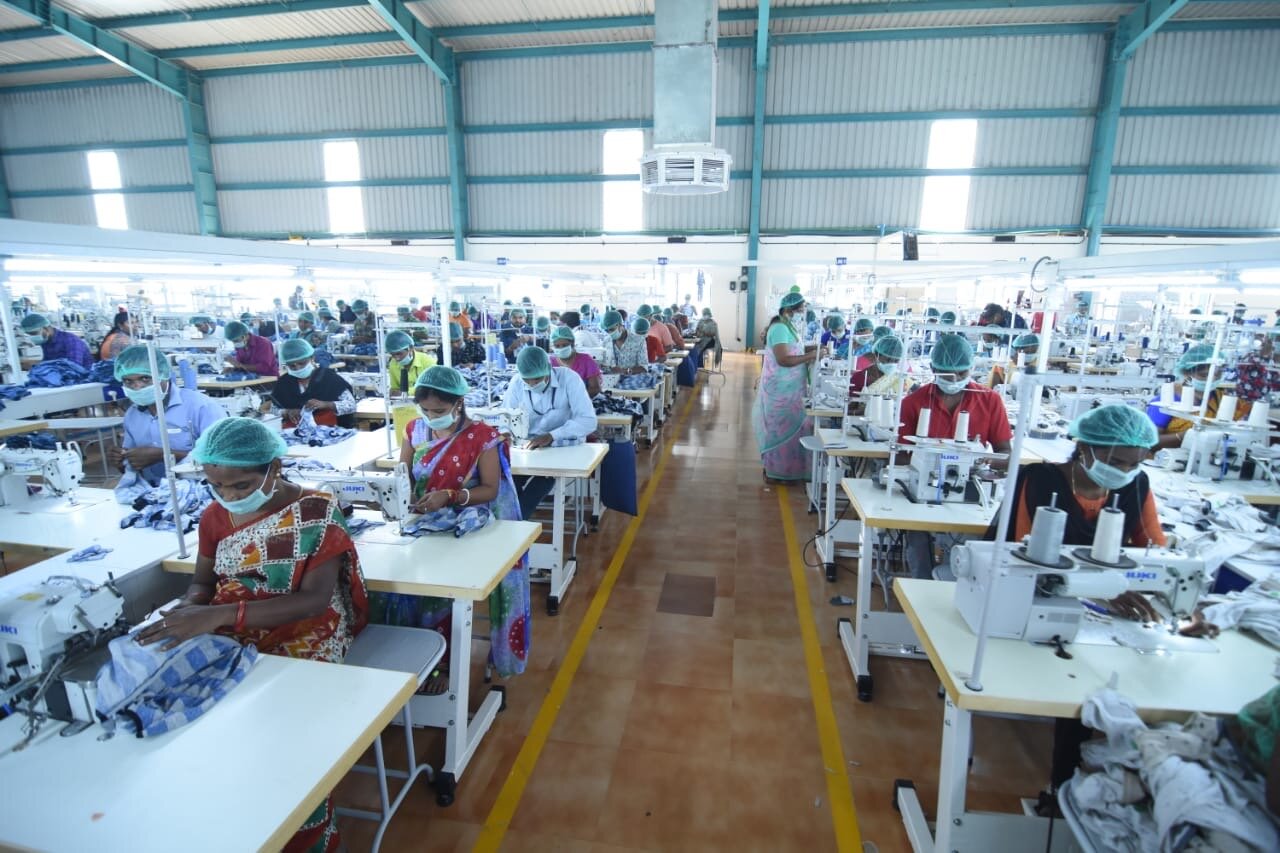
What does a Merchandiser in the Fashion Industry do?
The role of a Merchandiser is a crucial role within the Fashion Industry. A merchandiser uses their trend knowledge, numbers and data on past and current sales to determine the right product goes on the shop floor or online for the right price at the right time in the ideal quantities. It can be a broad role with many responsibilities and focus areas.
We asked Emma Geary - previously a Fashion Merchandiser based in the UK with experience working for brands including Arcadia’s Topshop, Dorothy Perkins and Wallis, to explain the role in detail…
Emma, how would you describe the role of a Merchandiser in the Fashion Industry?
A merchandiser (in my opinion) is an essential role in the fashion industry when it comes to buying a balanced range. They have multiple stakeholders to ensure their needs are factored in and accounted for. Your counterpart of a buyer will want to move the range on versus last year, aided by the design team. They will be looking to buy the newest and most exciting trend items. However as a merchandiser we need to ensure we protect sales, often by reviewing best sellers in previous years or continuity lines. We also have to balance margin, selling prices and ranging to hit KPI’s (Key Performance Indicators) set by the management team. Another factor is looking at store profiling and what areas are lines selling best (eg trend driven pieces tend to sell better in major towns and cities). Additionally, lots of brands have to diversify their portfolio to adjust to store, web and wholesale. So additional requests may come through for these partners. It’s a complex juggling act and you need skills on mediating and negotiating to ensure the most commercial decisions are made.
Take us through an average day to day in this role?
Daily the role is very varied but over a week you typically have these tasks:
The beginning of the week is all about reviewing the previous week's trade. Looking at best sellers and making decisions on if you can re-buy or move on those styles, or if you have similar lines on order. Equally we review current bad sellers, evaluating whether they need immediate action like promotion or markdown. Or we question whether we have lines we’ve committed to that are of concern and what stage of the critical path they’re at. Asking questions such as can they be restyled, or held for now?
You will also review the stock coming in that week, where it was planned to be sold and is that the right decision still. You discuss with your allocator and often re-review the units you want to send to ecommerce, ensuring you send your units to the relevant wholesale partners. During the rest of the week it really depends on the focus of the business.
Other key tasks include preparation for a range build - building up best and worst product from the same time frame last year. Looking at any key lessons learnt in that period last year and reviewing your open to buy (your spend) as well as reviewing your range plan (The options needed at certain stores). We also look at markdown or promotional work-working to a to budget insure commercial decisions are made to get slow selling stock moving. Another key part of the role are strategy meetings - which are reviewing where you want to take the business in the next 6-12 months.
Another important meeting is risk and opportunity meetings - which involves reviewing all stock in the business and on commitment. As merchandisers our role is to make commercial decisions - looking at competitors who have dropped their pricing on similar products where you might want to drop yours, or sense checking timing on orders. For example if you have two black jumpers due into the business at the same time you might want to re-phase your stock or allocate them differently.
What are the key responsibilities of a fashion merchandiser?
To ensure a balanced, commercial range is bought while hitting internal targets such as margins. Ensuring decisions that are made are to protect profit while ensuring stock is selling.
Did your role vary from company to company?
Typically the tasks are the same, some companies have different names for meetings or hold the meetings in different ways but generally it’s pretty standard.
How did you initially get into this area in Fashion, what did you study prior to landing your first position in merchandising?
I really enjoyed working on the shop floor in retail while at college and decided to do a retail management degree as I wasn’t really aware of all the roles. As part of that I did a year working in industry where I learnt about merchandising and decided the balance of numbers with fashion was perfect for me.
What was your favorite aspect about your job role?
I liked the fact it was like a large jigsaw puzzle and you had to get your range to fit into options, margin, and other targets, while being proud to deliver a new and interesting range that held its own on the high street.
What was your least favorite thing about your job role?
I had to do review work again and again and things could change daily. You need to be able to be flexible and manage being pulled in several areas in this role.
Lastly, what advice would you give to someone trying to break into the fashion industry as a Merchandiser?
The career path is generally to start as an allocator or merchandiser admin assistant. This will give you the underlying basis of the role and expose you to all the terms, meetings and roles. In 2-3 years you'll become an assistant merchandiser and the level of responsibility will increase. Often sitting in or even presenting parts of meetings. 2-4 years in this role would lead you to a junior merchandiser role. From here you'll often be given your own area to trade and as your skills develop you'll process up.
Thank You Emma!
Emma’s extensive experience in the fashion industry saw her working for high street giants-Wallis, Dorothy Perkins and Topshop for over 10 years. Emma is now a consultant as well as a mother and lives in the UK.
Related Articles.
Want To Become a Top Fashion Buyer?
Katie, an Associate Buyer for Timberland delivers the ultimate guide on what is needed to become a top fashion buyer in the industry.
Stories | By Katie Guest | 07.15.20
The Fashion Crisis Rippling Across A Global Industry
We interviewed Mithun Govind based in Tirrupur, India to see how his family-run clothing manufacturing business is surviving during Covid-19.
Articles | By Emma Golley | 07.15.20
Meet Justin Cabal, Fashion Stylist.
A man of many hats, Justin shares his experience of being a fashion stylist, influencer and reality tv star and gives advice on what it takes to make it in the industry.
Stories | By Emma Golley | 05.12.20






